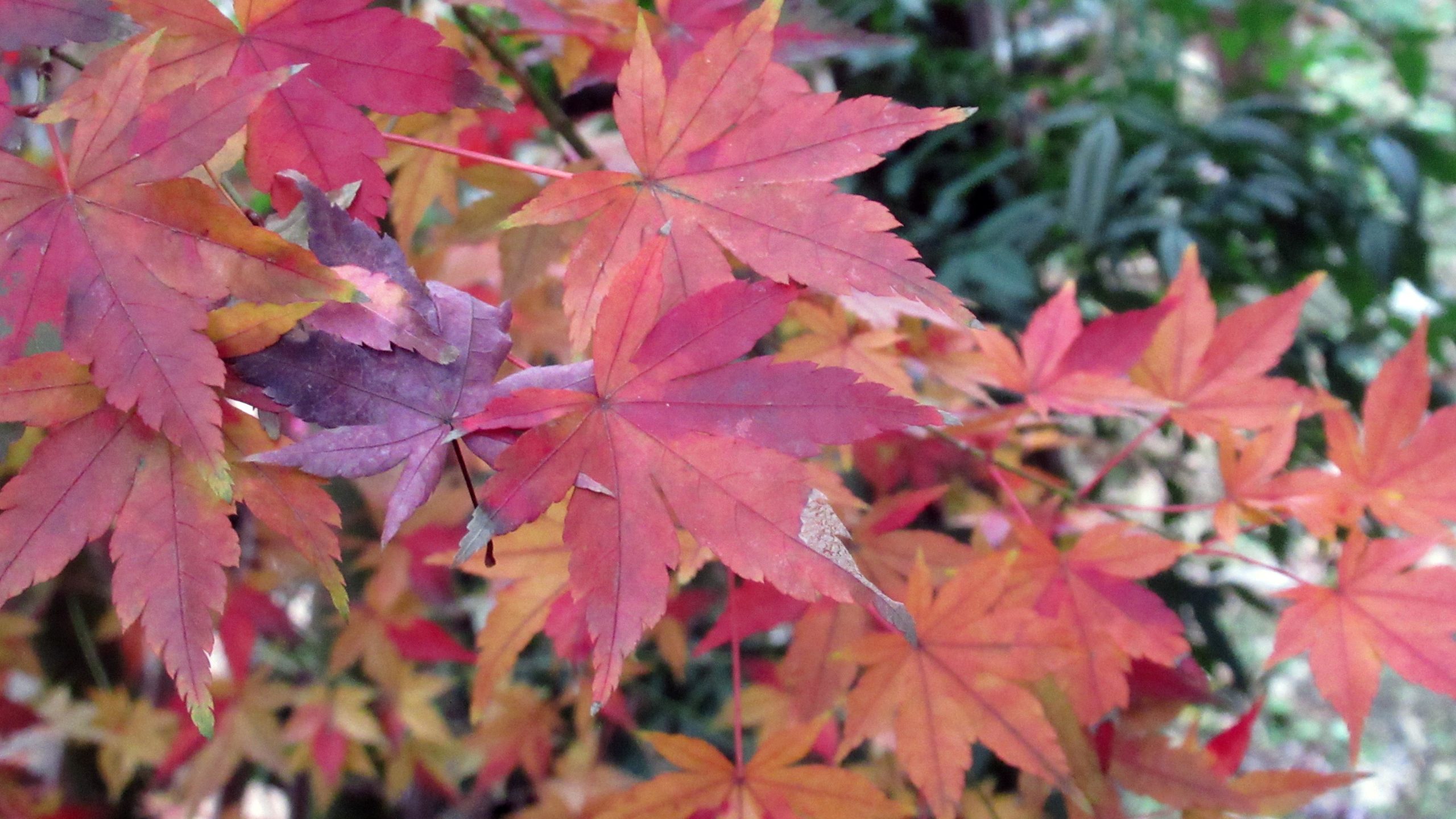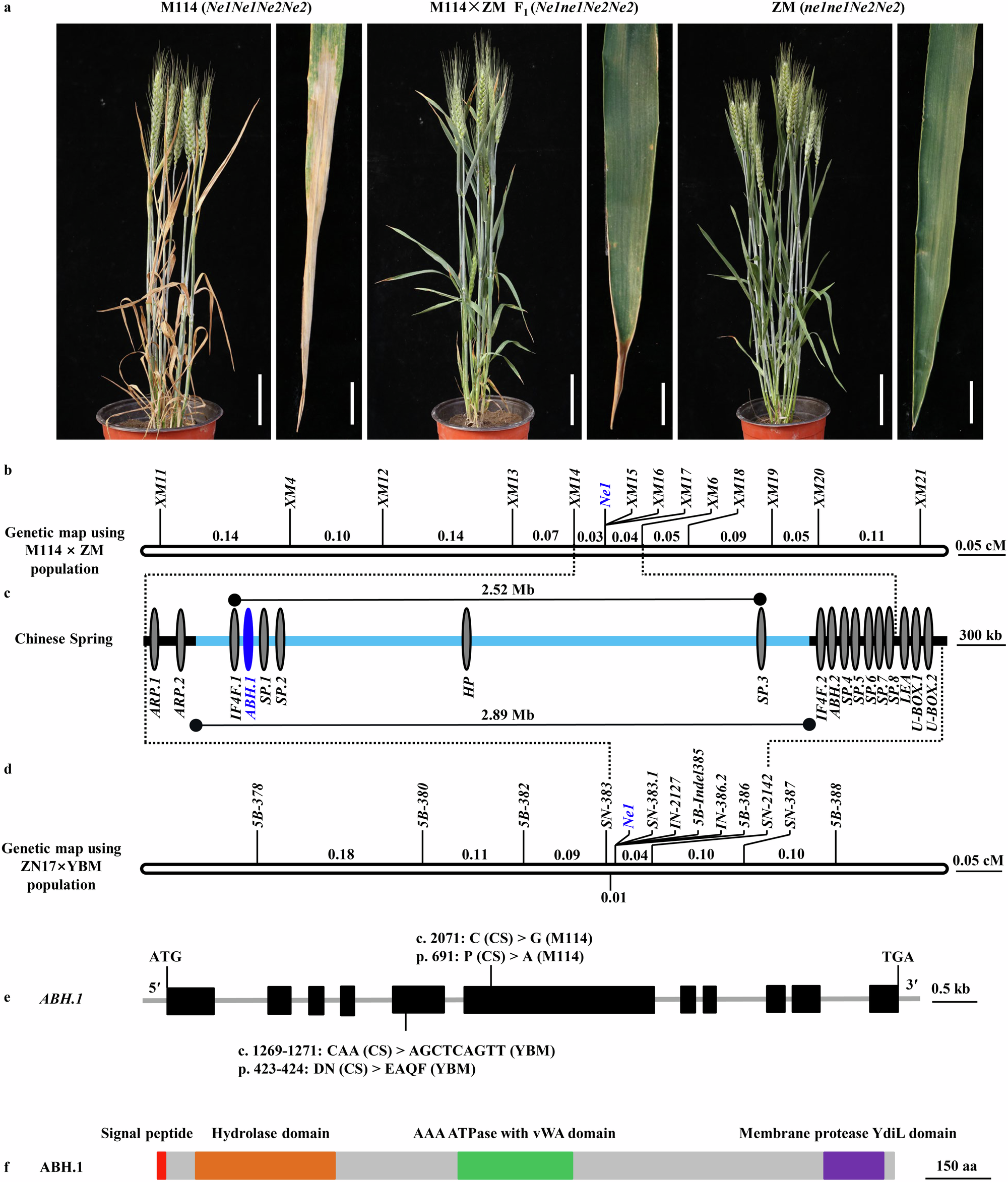2025-03-24 中国科学院(CAS)
<関連情報>
- https://english.cas.cn/newsroom/research_news/earth/202503/t20250324_908616.shtml
- https://www.sciencedirect.com/science/article/abs/pii/S0378112725000891
半乾燥砂地における人工林の最適立木密度は樹木の根系の空間分布によって決定される The optimum stand density of plantation forests in semi-arid sandy areas determined by the spatial distribution of tree root systems
Mingjuan Li, Jiaojun Zhu, Ting Zhang, Mingcai Li, Lining Song, Dexiong Teng
Forest Ecology and Management Available online: 27 February 2025
DOI:https://doi.org/10.1016/j.foreco.2025.122581
Highlights
- The distribution of coarse roots was obtained by Ground-penetrating radar.
- Horizontal extension of coarse roots decreased with the increase of stand density.
- The maximum depth of coarse roots decreased with the increase of stand density.
- The root competition intensities increased with the increase of stand density.
- The optimum stand density was 177–214 trees ha-1 based on competition intensity.
Abstract
Determining optimum stand density (OSD) is very important for tree survival, growth and establishment, particularly in arid and semi-arid regions, in which the trees, dominantly limited by water resources, tend to expand their root systems to obtain more water. In this study, six stand density groups (i.e., D1-D6) ranging from 383 ± 8 to 2367 ± 217 trees ha-1 in Mongolian pine (Pinus sylvestris var. mongolica), which were established in 1980 in the semi-arid sandy region of Northern China, were selected to investigate the spatial distribution patterns of coarse and fine roots. Coarse roots ( >5 mm) and fine roots ( <2 mm) in different stands were measured by using Ground-penetrating radar and soil coring methods. The OSD of Mongolian pine plantations was determined according to the relationships between stand densities and root competition intensity indicators (e.g., horizontal root overlap) in the stand, which were obtained based on the distribution of the root systems. The results showed that as the stand density increased from D1 to D6, the horizontal extension of coarse roots decreased from 3.65 m to 1.81 m, while the maximum coarse root aggregation simultaneously increased from 7.11% to 17.24%. In the vertical direction, the maximum depth of coarse roots decreased from 95.3 cm in D1 to 75.8 cm in D6. With the increase of stand density, the fine root length density in the horizontal direction and within 0–20 cm soil layers depth increased, suggesting that tree competition for water intensified. The root competition intensities significantly increased with increasing stand density. In particular, these competition intensity indicators showed that the competition still existed in D1, suggesting that the lowest stand density was still not the OSD. The OSD could be determined as 177–214 trees ha-1 (45 years old) based on the linear relationships between stand densities and the values of competition intensity indicators.




